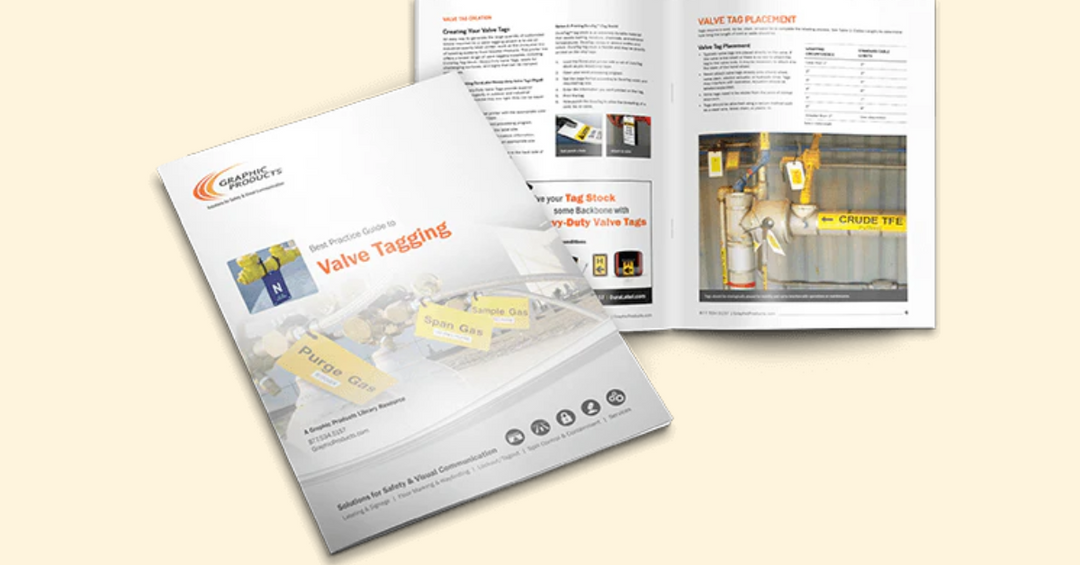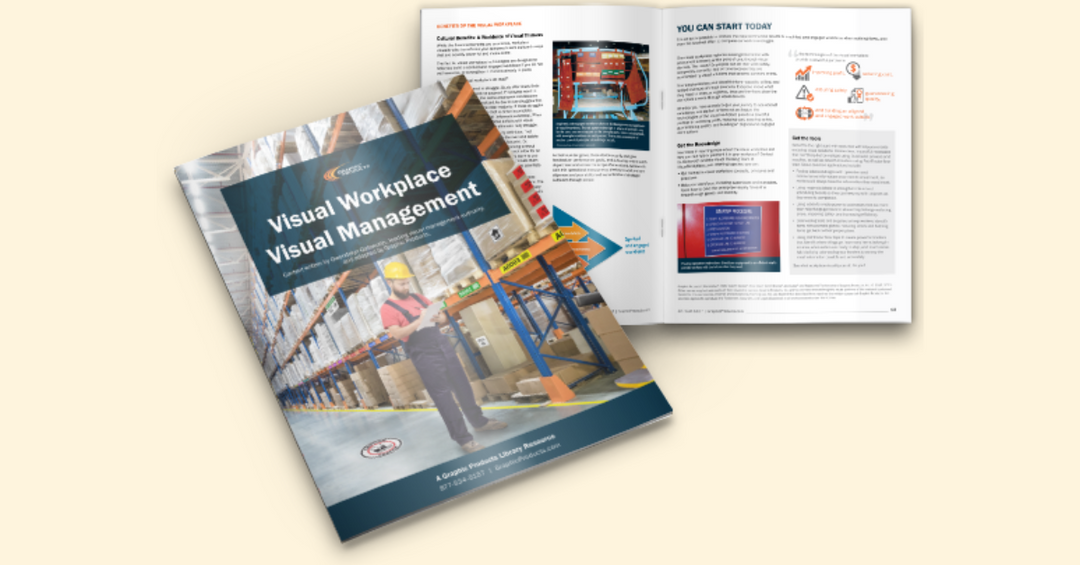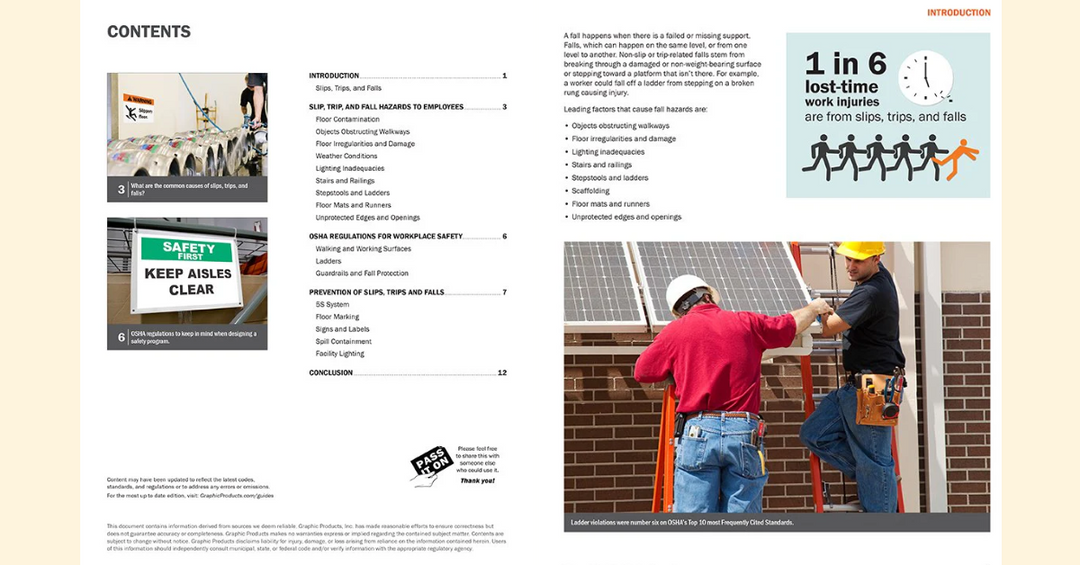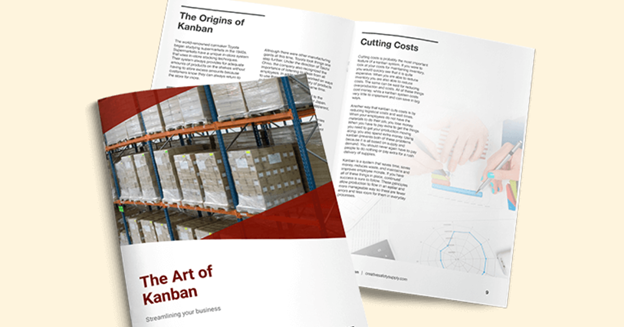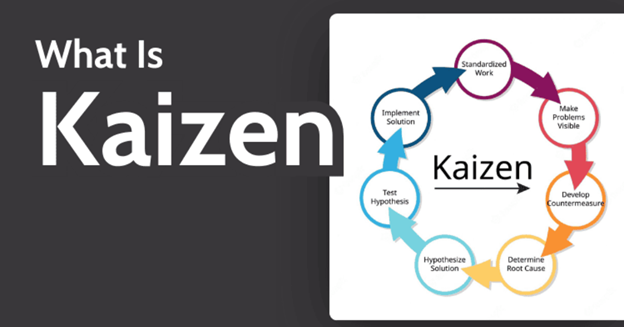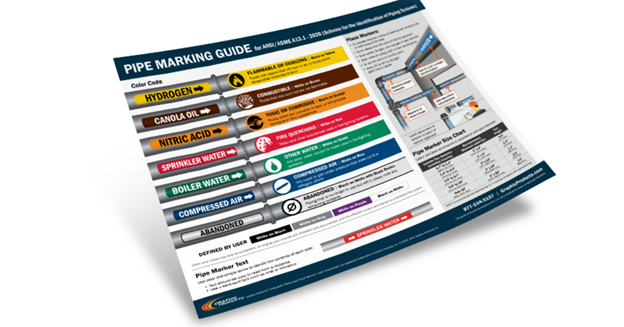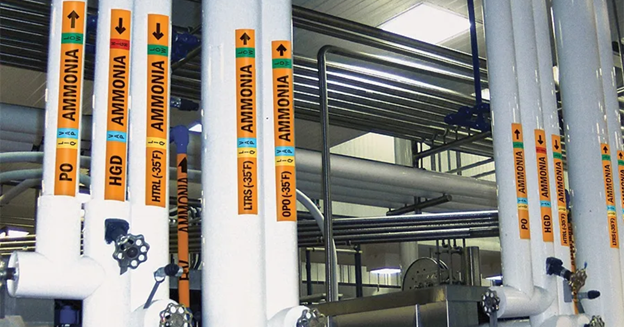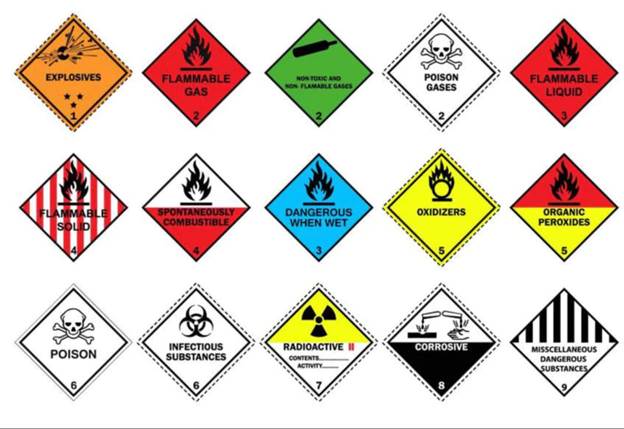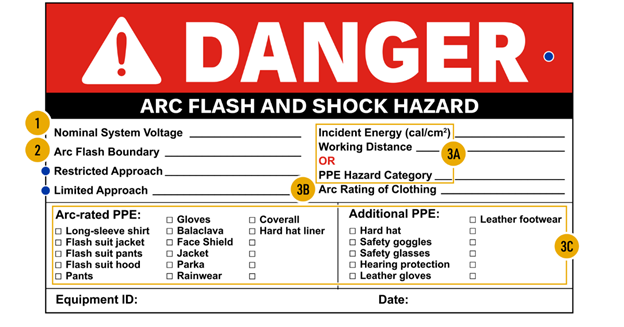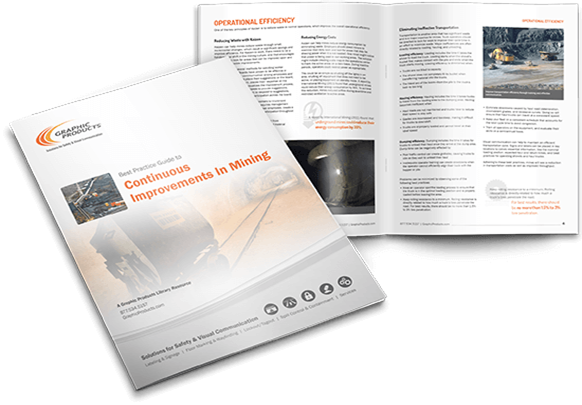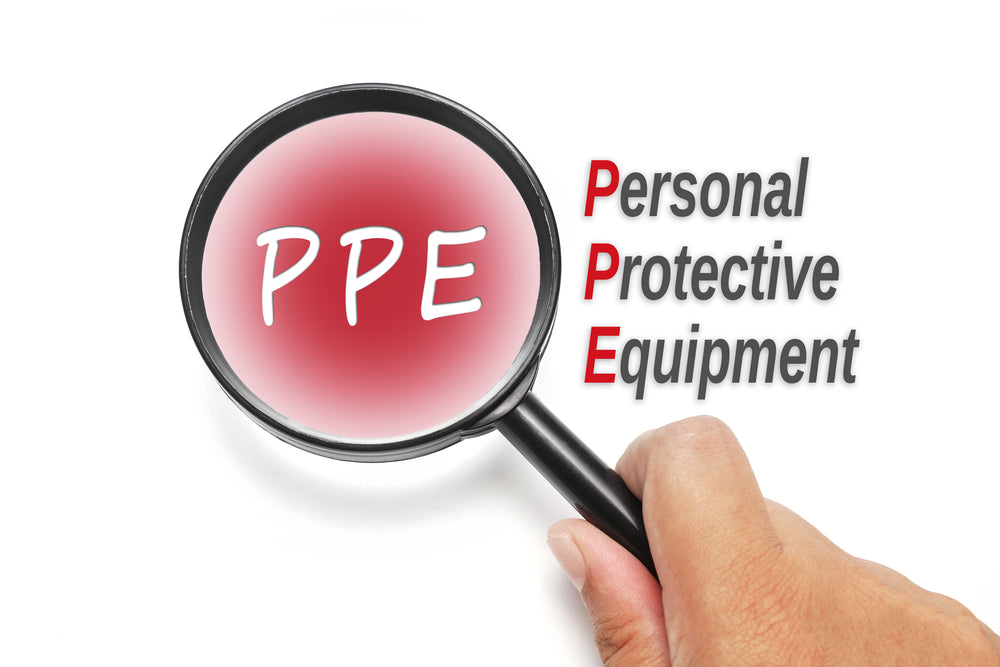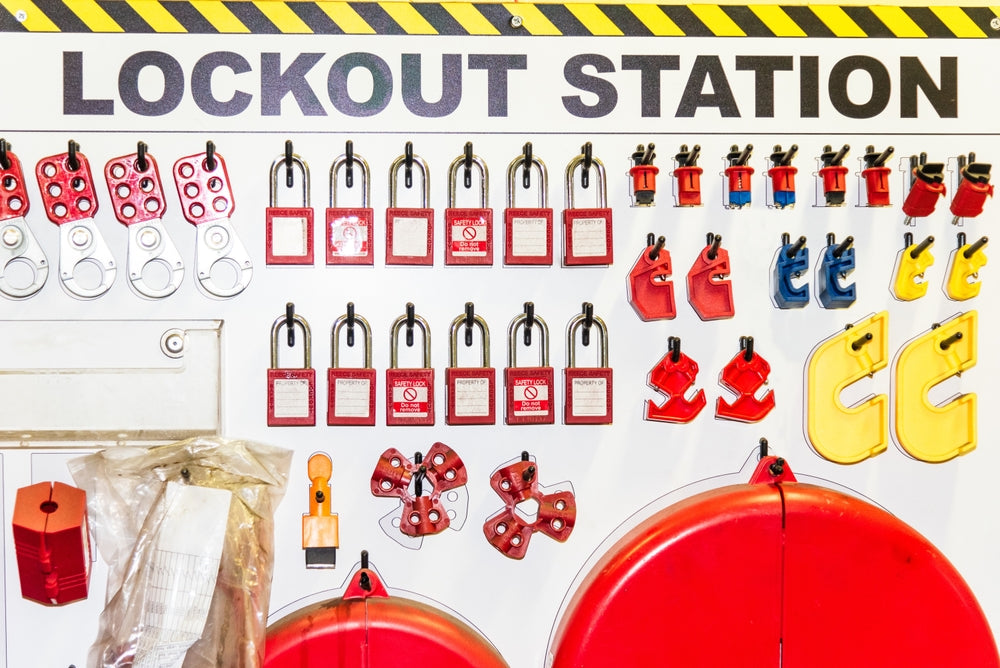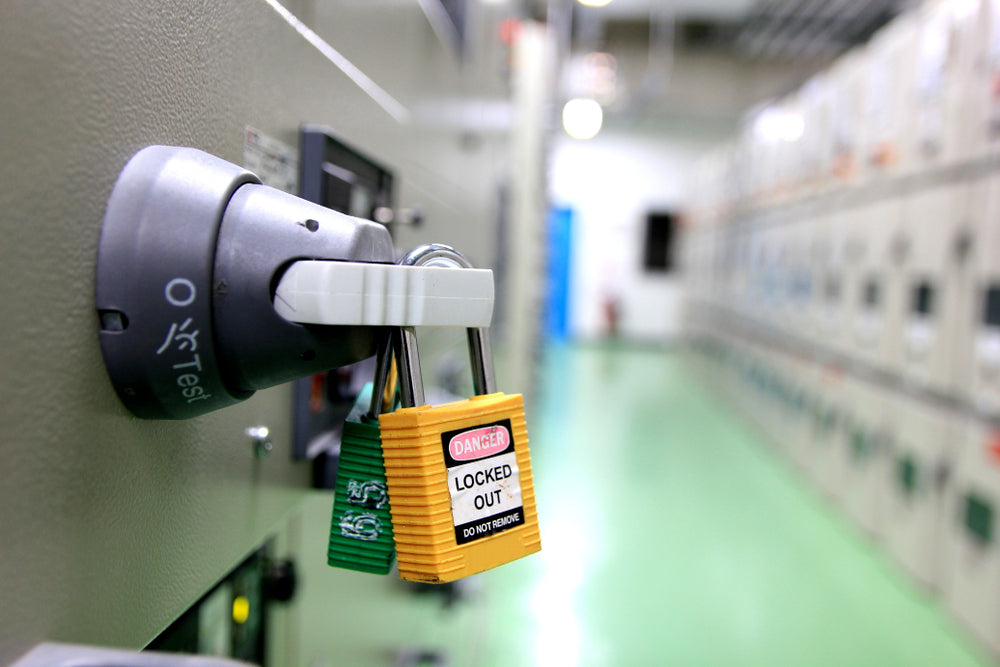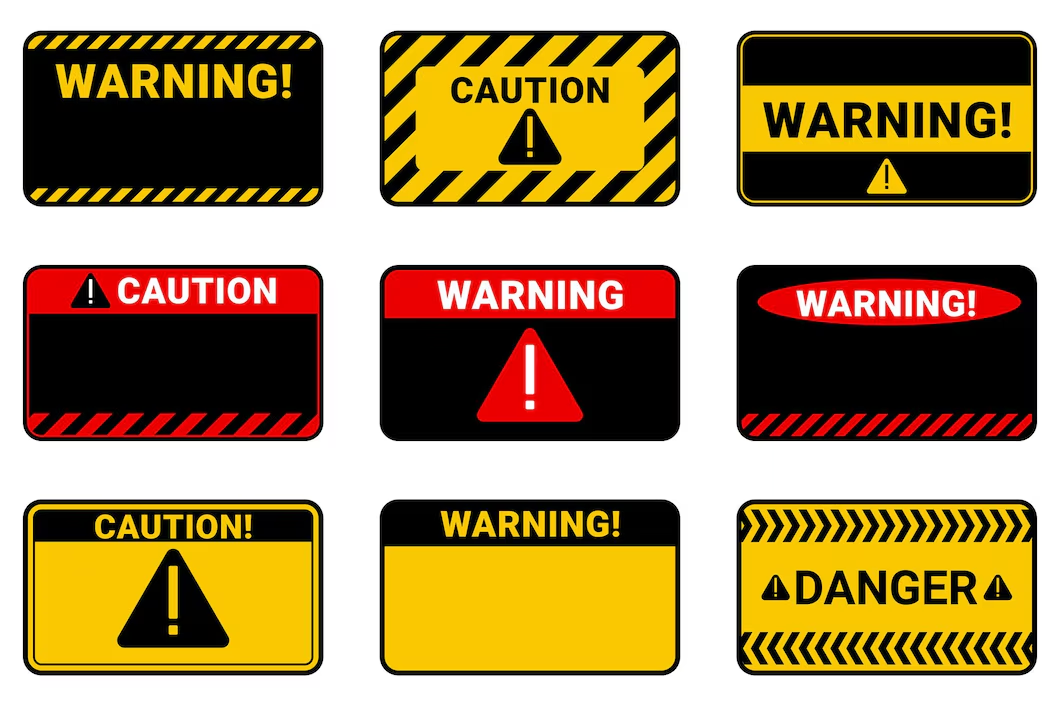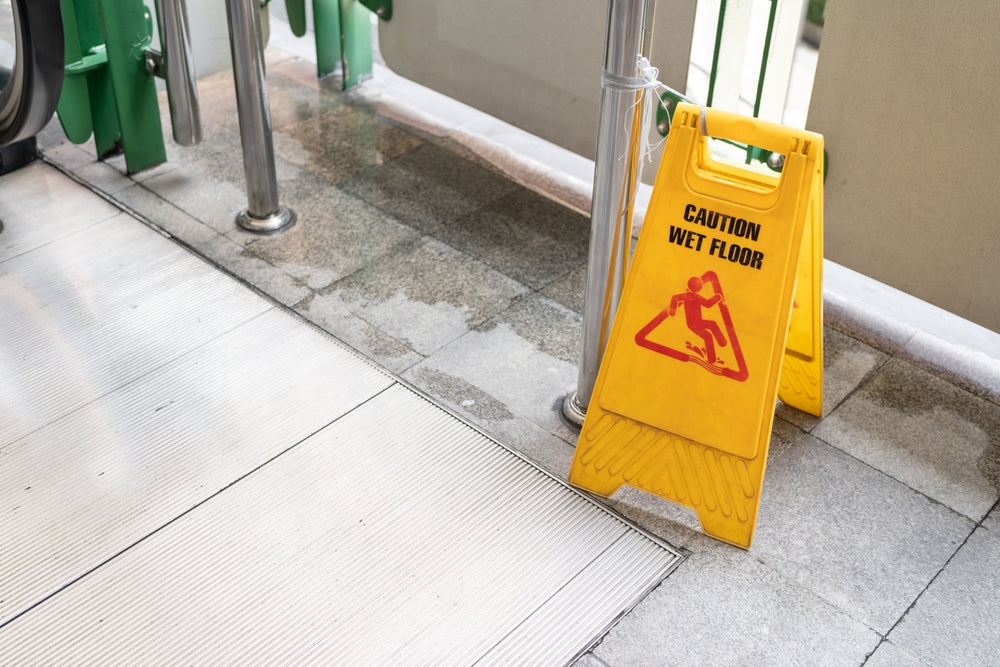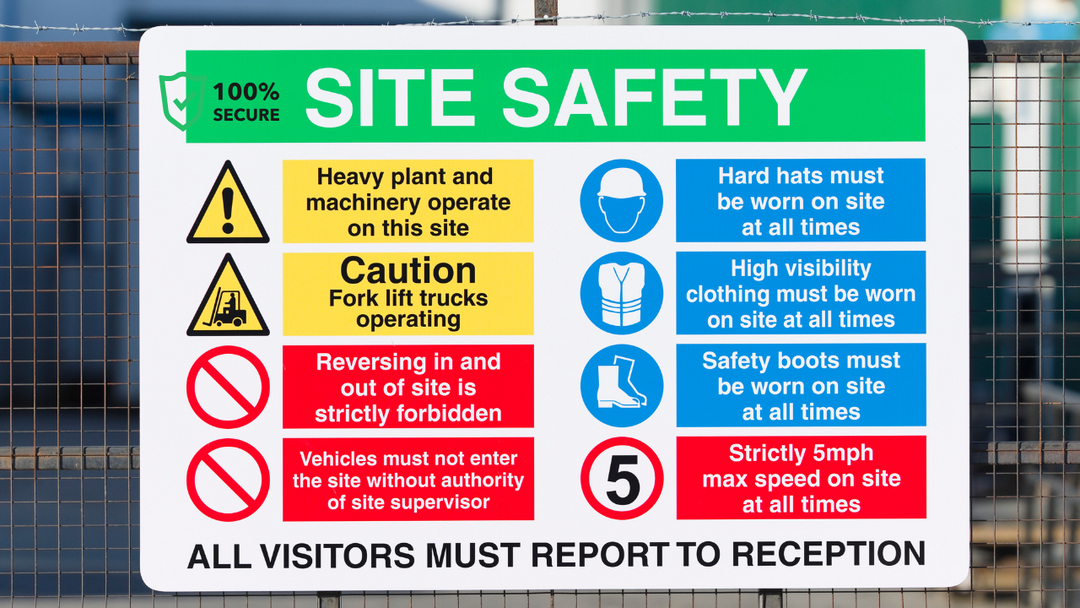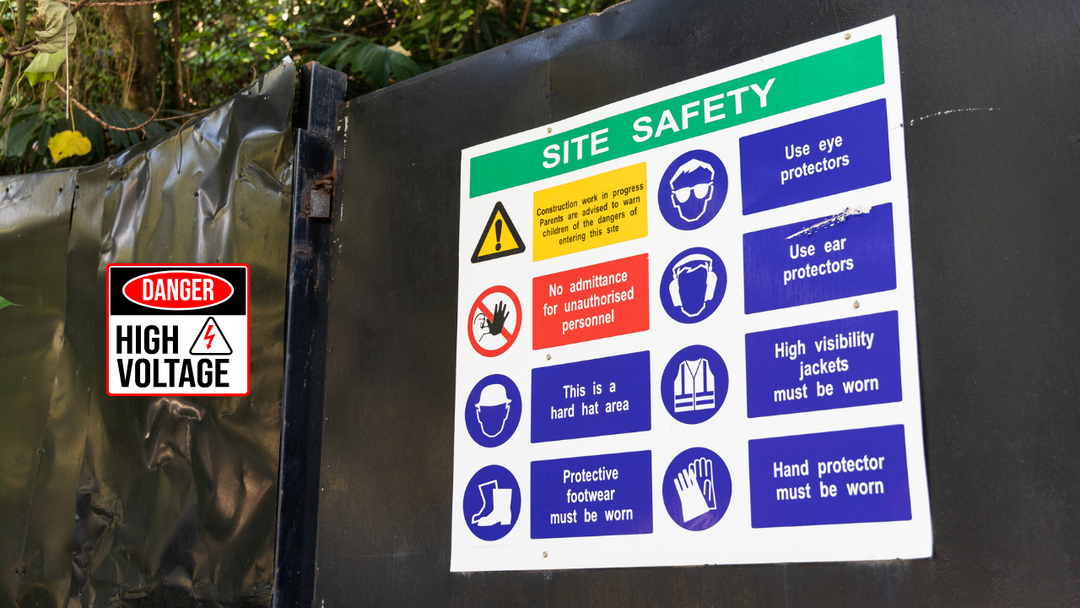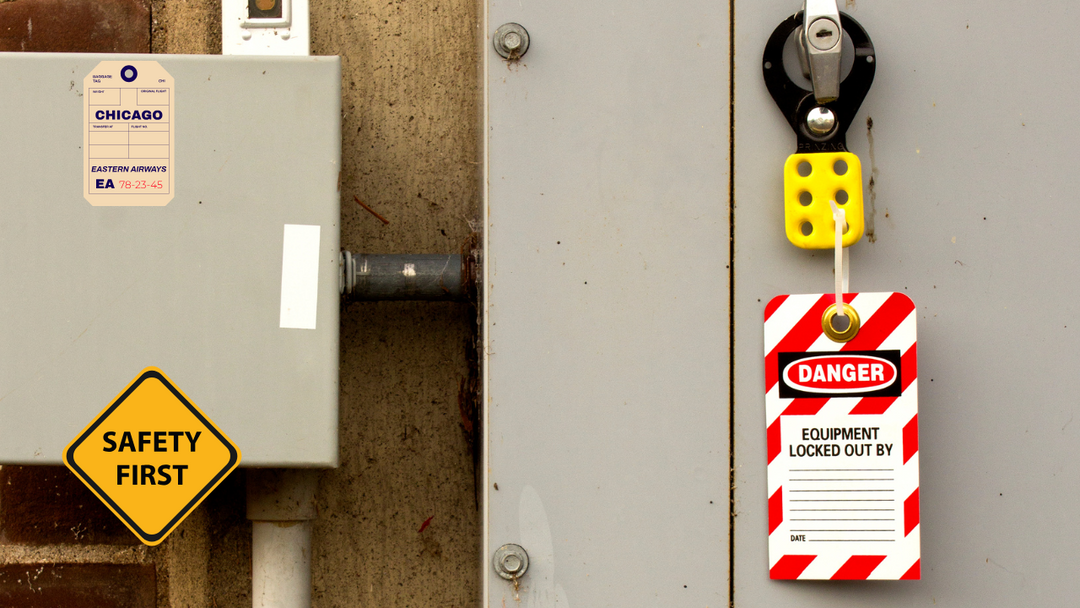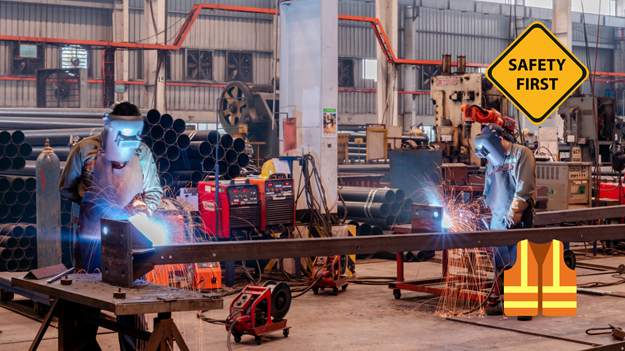Warehouse Safety Guide: Ensuring a Risk-Free Workplace
Introduction
Warehouse safety is crucial for maintaining a productive and risk-free work environment. Warehouses are high-activity areas where heavy machinery, moving vehicles, and large inventories increase the risk of accidents. Implementing strong safety measures helps prevent injuries, protect employees, and ensure smooth operations.
At Archford, we understand the importance of workplace safety and provide comprehensive resources, including our Warehouse Safety Guide, to help businesses establish a safer work environment.
Understanding the Importance of Warehouse Safety
A well-organized and hazard-free warehouse improves efficiency and minimizes costly accidents. Employers are responsible for creating a safe workspace by enforcing regulations, offering proper training, and maintaining equipment. Poor warehouse safety can lead to serious consequences such as injuries, legal penalties, and reduced productivity.
By implementing a warehouse hazard prevention strategy, companies can protect workers, reduce downtime, and improve overall efficiency.
Common Warehouse Hazards and How to Prevent Them
Warehouses pose several risks that can lead to serious accidents. Identifying and addressing these hazards ensures a safer workplace. Some of the most common risks include:
1. Slips, Trips, and Falls
-
Ensure walkways are free from obstacles and spills.
-
Use anti-slip flooring and proper signage.
-
Regularly inspect and maintain warehouse floors.
2. Improper Lifting Techniques
-
Train employees on proper lifting methods.
-
Provide lifting equipment such as forklifts and pallet jacks.
-
Encourage teamwork for lifting heavy objects.
3. Machinery and Vehicle Accidents
-
Operators must follow forklift safety tips, such as driving at a safe speed and maintaining visibility.
-
Clearly mark pedestrian walkways to prevent collisions.
-
Conduct routine maintenance on forklifts and other machinery.
4. Falling Objects from Shelves
-
Secure loads with proper stacking techniques.
-
Use safety netting and protective barriers.
-
Inspect shelving for stability and weight capacity.
5. Unsafe Storage Practices
-
Implement pallet racking safety guidelines to prevent overloading and uneven stacking.
-
Regularly inspect storage racks for signs of damage.
-
Train employees on proper storage techniques.
Essential Warehouse Safety Practices
Safe Material Handling
Proper material handling reduces injuries and improves workflow. Employees should be trained on manual lifting techniques and the correct use of handling equipment. Heavy items should be stored at waist height to minimize strain.
Proper Use of Equipment and Machinery
Forklifts, conveyors, and other warehouse machinery must be handled by trained personnel. Regular inspections and maintenance prevent mechanical failures that could lead to accidents.
Emergency Preparedness and Response
Warehouses must have detailed emergency procedures in place for fires, chemical spills, and other hazards. Employees should know evacuation routes, first aid procedures, and how to use fire extinguishers. Clear emergency exits, alarm systems, and fire drills should be a priority to ensure everyone knows what to do in case of an emergency.
Workplace Safety Regulations and Compliance
Compliance with OSHA warehouse regulations is essential for protecting employees and avoiding legal issues. Organizations must follow guidelines set by safety authorities to ensure their warehouse meets industry standards.
Key aspects of warehouse safety compliance include:
-
Implementing safety signage and labels.
-
Ensuring proper ventilation and lighting.
-
Maintaining up-to-date safety data sheets for hazardous materials.
Training and Education for Warehouse Safety
Regular training sessions help employees understand safety protocols and recognize hazards. Safety training should cover:
-
Proper lifting techniques.
-
Emergency response procedures.
-
Safe handling of warehouse machinery.
By keeping employees informed, businesses can create a culture of safety awareness and reduce workplace incidents.
The Role of Safety Equipment in Warehouses
Safety equipment plays a vital role in accident prevention. Employees must use protective gear such as gloves, helmets, and steel-toe boots. Additionally, safety barriers, anti-slip mats, and proper signage enhance workplace security.
Creating a Culture of Safety in the Workplace
Encouraging a safety-first mindset leads to long-term success. Employers should:
-
Conduct regular safety audits.
-
Encourage employees to report hazards.
-
Reward safe workplace behavior.
By fostering a proactive approach to safety, businesses can prevent accidents and maintain a productive work environment.
How Archford Supports Warehouse Safety
At Archford, we provide valuable resources to help businesses enhance workplace safety. Our Warehouse Safety Guide offers essential tips, best practices, and regulatory insights to ensure compliance and minimize risks.
The Ultimate Guide to Workplace Safety: Best Practices for Every Industry
|
Safety Guide |
Tips |
|
Implement Sort, Set in Order, Shine, Standardize, and Sustain for workplace efficiency. |
|
|
Use proper labels with voltage ratings, approach boundaries, and PPE requirements to ensure electrical safety. |
|
|
Apply lean methodologies like Kaizen and Six Sigma to enhance operational efficiency. |
|
|
Ensure all hazardous materials are labeled with correct pictograms, signal words, and hazard statements. |
|
|
Use proper lockout devices and tags to prevent accidental energy releases during maintenance. |
|
|
Follow standard color codes and label pipes at regular intervals for easy identification. |
|
|
Place warning signs in high-risk areas to comply with OSHA standards and improve workplace safety. |
|
|
Use AS 1345 standard colors and labels for accurate pipe identification in Australian industries. |
|
|
Add ‘Safety’ to the 5S system to further enhance workplace organization and hazard prevention. |
|
|
Use different colors for specific zones—e.g., red for fire hazards, yellow for caution, and green for safety paths. |
|
|
Encourage small, continuous improvements by involving employees in process optimization. |
|
|
Use visual signals to manage workflow and reduce inefficiencies in production. |
|
|
Implement proper PPE, ventilation, and emergency procedures to ensure worker safety in mining operations. |
|
|
Use durable, heat-resistant labels to prevent misidentification of electrical wiring. |
|
|
Maintain clear aisles, proper signage, and forklift safety measures to reduce accidents. |
|
|
Optimize layout, use barcode scanning, and implement inventory tracking systems for smooth operations. |
|
|
Use consistent signage, color-coded paths, and lighting to improve navigation. |
|
|
Keep floors dry, use anti-slip mats, and mark hazard areas to prevent workplace injuries. |
|
|
Use labels, floor markings, and visual boards to improve communication and organization. |
|
|
Clearly label valves with durable tags to ensure safe and proper operation. |
Conclusion
Warehouse safety is a critical aspect of workplace management. By implementing proper training, hazard prevention measures, and compliance protocols, businesses can create a safer, more efficient work environment. Investing in safety not only protects employees but also boosts productivity and reduces operational costs.
FAQs About Warehouse Safety
1. What are the most common warehouse safety hazards?
Slips, falls, forklift accidents, falling objects, and improper lifting techniques are among the most common warehouse hazards.
2. How can businesses improve warehouse safety?
Implementing proper training, using safety equipment, maintaining equipment, and enforcing safety regulations help improve warehouse safety.
3. Why is safety training important in warehouses?
Safety training helps employees recognize hazards, handle equipment correctly, and respond effectively to emergencies.
4. How often should warehouse safety audits be conducted?
Regular safety audits should be conducted at least once every few months to identify potential risks and improve safety measures.
5. How does Archford help businesses with warehouse safety?
Archford offers expert guidance, safety resources, and compliance support to help businesses enhance warehouse safety standards.


